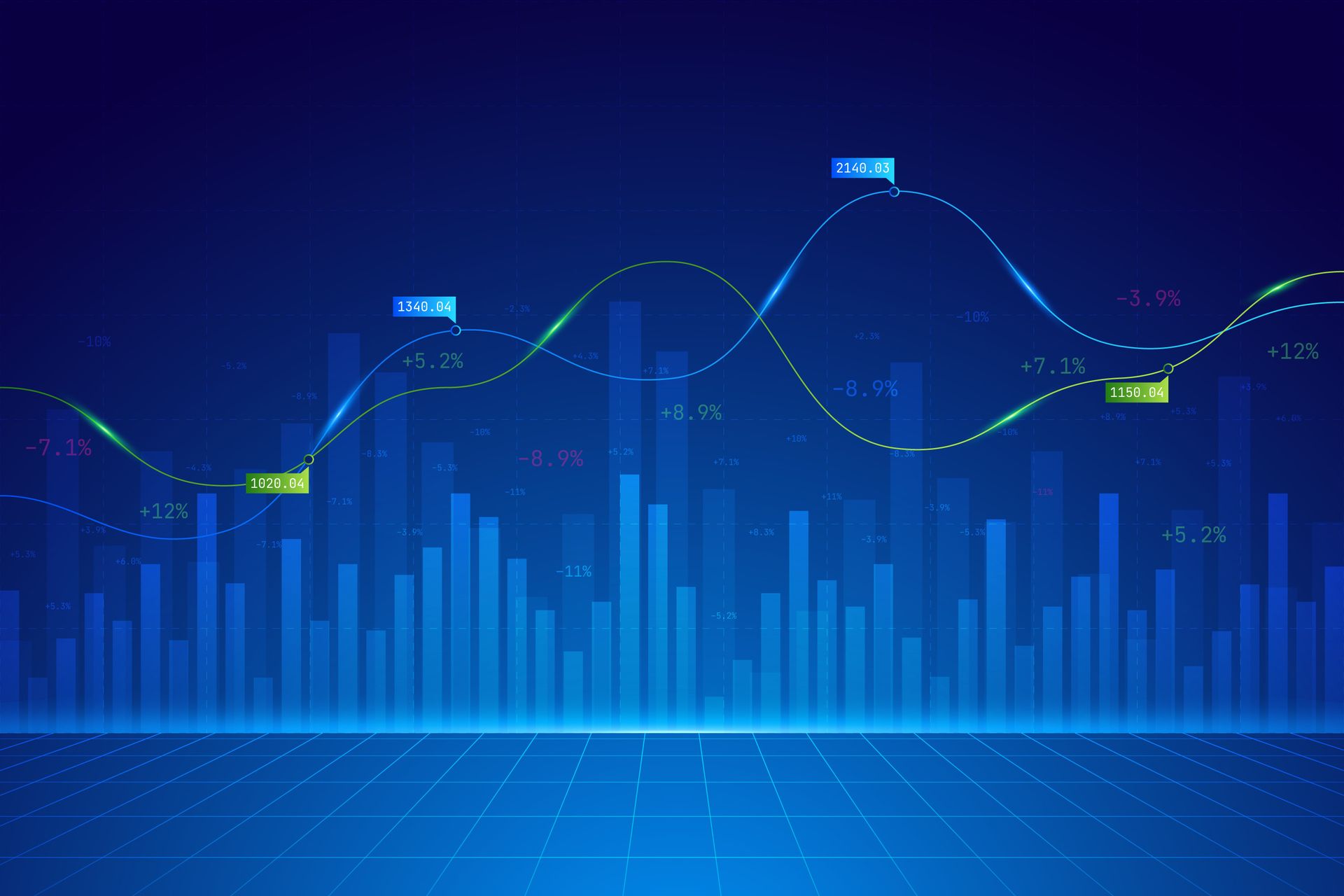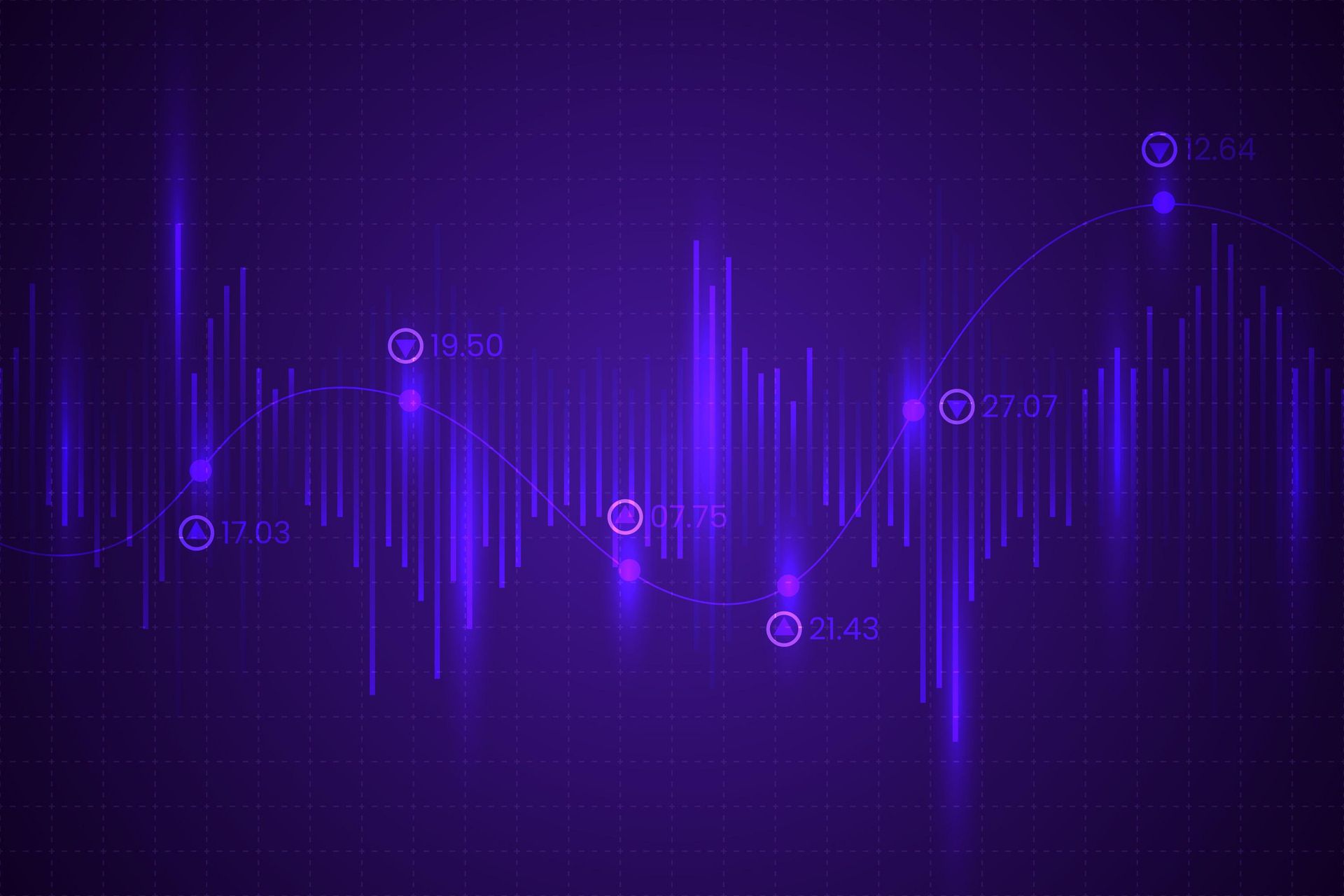With tokenization, real world assets can be represented as digital tokens stored on a blockchain, where they can be freely traded between independent parties without any middleman.
It’s a unique technology that has dozens of potential applications. It enables physical real estate to be divided into hundreds or even thousands of tokens that can be owned by individual investors. Governments are using tokenization to bring fiat money to the blockchain where it can be traced more easily, and even fine art and carbon credits can be represented as tokens to bring more liquidity to those markets.

Why tokenize anything?
Just as the practice of using cash in transactions is more efficient than bartering goods and services, asset tokenization helps to facilitate a faster, more flexible and secure way of doing business in any financial market.
One of the main advantages is transaction speed. Because the blockchains that support tokenization make use of sophisticated computing techniques and cryptography, this allows for the rapid transfer of assets. Tokenized transactions are also more secure thanks to the way they’re recorded on an immutable blockchain ledger. They improve transparency too, as the entire transaction history of a tokenized asset can be viewed by anyone, meaning its record of ownership over the years can be traced.
Flexibility is another strong advantage of tokenization. Almost any kind of real-world asset can be tokenized and traded in a peer-to-peer manner. Tokenization also means assets can be fractionalized. For instance, a luxury hotel or a Picasso masterpiece can be split into thousands of individual tokens, with each one representing a proportional share of ownership of the underlying asset. This means people can trade small fractions of an asset, expanding market accessibility to millions of new investors who would not be able to buy the asset outright.
RWAs in the real world
Although RWAs are still a fairly novel concept, they have been paving the way forward in a number of global industries. Let’s take a look at some of the most interesting applications of RWAs, where they are already transforming markets and unlocking new opportunities.
Central Bank digital currencies
Dozens of governments, including the U.S., U.K., the EU, China, Japan and India, are researching ways to implement CBDCs, which are essentially crypto that’s issued by a central bank, as opposed to a decentralized coin like Bitcoin. One of the main advantages of CBDCs is that, because they’re issued on the blockchain, they improve traceability. It’s possible to view the entire transaction history of each token, tracing it back to its origin. In addition, the account balances of CBDC-holding digital wallets can also be tracked in real-time, helping to prevent fraud and other types of financial crime. CBDCs can enable the transition to an entirely cashless economy and all of the benefits that will bring, and that’s why they’re getting a lot of attention.
One of the front-runners in CBDCs is China, which has begun trialing a new “digital yuan” in several provinces.
The use of CBDCs promises to help reduce corruption and fraudulent activities, but the concept is a double-edged sword, with many being concerned about the lack of privacy and increased government surveillance.
Real estate
One of the most exciting applications for tokenization is real estate, and progress in this market is proceeding fairly rapidly with the emergence of projects such as Blocksquare and Staynex.
The first ever tokenized real estate transaction is believed to have occurred in France in 2019, when a luxury property in France was divided up into thousands of tokens on the Ethereum blockchain and sold in a peer-to-peer way to hundreds of individual investors.
Tokenized real estate has since come of age. Blocksquare is a portal that provides all of the tools required to tokenize any property in any part of the world. It enables any piece of real estate to be divided into a maximum of 100,000 tokens, with smart contracts used to identify the specific property each token represents and enforce the transaction rules governing that property. Smart contracts also handle the royalty payments each token holder is entitled to receive. Its platform even creates a legal entity to oversee disputes. Blocksquare also offers a white-label solution for real estate companies to create their own, branded and decentralized marketplaces for buying and selling real estate. In addition, it also provides access to the world of DeFi, so real estate token holders can leverage those assets through staking, yield generation and more.
With tokenization, real estate becomes much more than just an investment. It can also be used as an alternative to traditional time-shares. For instance, Staynex is a platform that offers NFT-based Staynex Passes, which grant holders the right to stay at a specified luxury resort for a certain number of days each year. The stays can be redeemed at any time, and the tokens can be sold through its decentralized marketplace if the holder decides they no longer need it.
Precious metals
Precious metals such as gold are becoming much more accessible thanks to tokenization. The PAX Gold and Tether GOLD tokens are two examples of digital assets whose value is pegged to the price of gold in the real world, with each one backed by one fine troy ounce of gold that’s stored safely in highly secure vaults. So instead of buying a lump of metal, investors can simply purchase these tokens to invest in one of the world’s favorite stores of value.
Admittedly, the market for gold is already fairly liquid thanks to the availability of financial instruments such as exchange-traded funds, options and futures markets. But the same cannot be said for other precious metals, such as platinum, palladium or rhodium. By tokenizing these metals, platforms such as Stobox are helping to inject more liquidity into these markets, while the use of smart contracts enables transactions to be concluded securely with minimal delay.

Security token offerings
By issuing digital tokens, small startups and other businesses have a promising alternative to traditional fundraising options such as bank loans, venture capital, angel investors and an initial public offering. Instead, they can sell the native cryptocurrency that powers their project directly to their communities and other investors who see the potential of what they’re trying to achieve.
However, the practice of raising funds via blockchain tokens is now facing increased scrutiny in countries such as the U.S., where many initial coin offerings have been labeled as unregistered securities.
To get around this, more startups are now embracing the idea of “security token offerings” or STOs, which are digital tokens issued as securities that can be sold for fiat or crypto. STOs follow a more regulated process, with the issuer required to create a prospectus and receive approval from a market regulator such as the Securities and Exchange Commission in the U.S. This means full compliance with regulatory filings, just as any publicly-listed company does.
STOs are similar to traditional cryptocurrencies in many ways, but because they open themselves up to regulation there is less risk for investors, and that makes them much more attractive.
One of the earliest examples of an STO was the $EXOD token issued by Exodus wallet developer Exodus Movement. The token acts as a digital representation of Class A common stock in the company, making it accessible to retail investors instead of only accredited investors, as would be the case in a traditional IPO.
Supply chains
Tokenization will increase transparency and automation in supply chain tracking, and nowhere is this better illustrated than in the diamond industry, where digital tokens can be used to verify the authenticity of real world products.
The global diamond conglomerate De Beers was one of the first to embrace blockchain technology back in 2017, and the industry now has its very own decentralized ledger in the shape of Everledger.
Everledger combines blockchain with artificial intelligence, internet of things and nanotechnology to create a digital twin of every new diamond, providing a secure, permanent and transparent record of its origin, characteristics and ownership. With its platform, diamond companies can reassure their customers over the ethical and sustainable nature of their products. In 2019, Everledger launched a Mini Program for blockchain-enabled diamonds on the WeChat messaging platform in partnership with the diamond mining firm Alrosa. Through this initiative, Everledger is able to make transparent and secure data on the origin, grade and ownership of diamonds available to any WeChat user.
Fine art
Art is often seen as an exclusive investment that’s only available to the ultra-wealthy. The market has low liquidity, meaning it can take months to sell a painting, and of course the most renowned masterpieces can be worth millions of dollars. Lack of liquidity is a big problem in the art markets, as it allows wealthy collectors to manipulate the supply of art from certain paintings, in order to enrich themselves.
Looking to fix this are platforms like ArtFi, which invests in blue-chip artworks from around the world and displays them at its museum in Dubai, while simultaneously tokenizing them and offering them to investors. The tokenization of art is an especially exciting use case, growing fast due to its ability to lower the barrier to entry in such a positive way.
The disruptive potential is evident
Real world asset tokenization is still a nascent technology and the above use cases are all experimental. However, there can be no denying that these experiments have showcased the unique value of tokenization. Blockchain’s immutable, peer-to-peer and transparent properties are attractive propositions that can bring real benefits to just about any kind of marketplace, making them more accessible than was previously possible.
One of the main challenges around tokenization is the regulatory uncertainty around crypto and NFTs. There’s also a negative public perception around blockchain technologies, with the crypto industry viewed as a haven for hackers and scammers. In addition, blockchain itself is still something of an experimental technology, and developmental difficulties are likely to hinder the adoption of tokenization for some time.
That said, tokenization clearly provides many advantages over the traditional way of doing business, and as more organizations and individuals come to appreciate the benefits, it seems likely that it’s only a matter of time until it becomes much more widespread.
Featured image source: rawpixel/freepik





